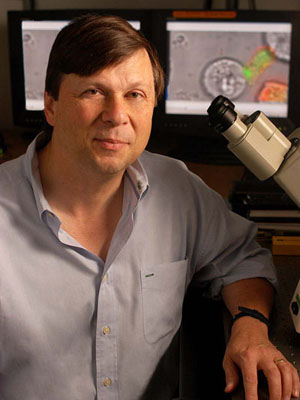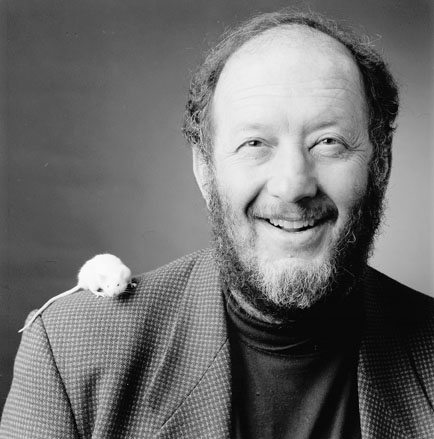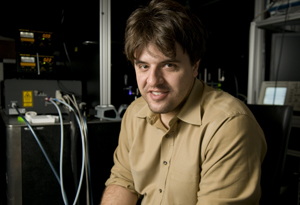MedScholars
The Stanford Medical Scholars Program provides financial support for medical student research. To be eligible, students must propose a biomedical research project in an academic setting under the direction of a Stanford faculty member. Research sponsored by individuals outside the Stanford community also may be supported with joint oversight by Stanford faculty.
Sample Student Projects:
- Building the Human Disease "Etiome"
- Assessing access to prenatal HIV screening in Salvador, Brazil
- A whole-cell lymphoma vaccine to boost anti-tumor immunity induced by adoptive cell transfer immunotherapy
- See more projects
Interdisciplinary Collaboration
Stanford Medicine Institutes
The greatest challenges to human health—and the solutions to them—lie at the intersection of traditionally distinct fields. With access to the vast resources of Stanford University, the Stanford Medicine Institutes enable close interactions between physicians and scientists in different specialties
Bio-X Program
Stanford Bio-X is an interdisciplinary program that brings together experts from medicine, engineering and other scientific disciplines to solve complex biological and medical issues.
d.school
The d.school is a hub for innovators at Stanford. Students and faculty in engineering, medicine, business, law, the humanities, sciences, and education find their way here to take on the world’s messy problems together.
A Legacy of Innovation
Stanford Medicine's unrivaled atmosphere of breakthrough thinking has fueled a long history of clinical and research achievements.
-
First synthesis of biologically active DNA in test tube

Nobel laureate Arthur Kornberg creates a strand of biologically active DNA, paving the way for studies of genetics.
-
First adult human heart transplant in the United States

Norman Shumway successfully transplants a heart into 54-year-old steelworker Mike Kasperak, who survives for 14 days.
-
First expression of a foreign gene implanted in bacteria by recombinant DNA methods

Geneticist Stanley Cohen transfers a foreign gene into bacterial cells, which then express the gene.
-
First successful human combined heart/lung transplant in the world (fourth attempted worldwide)

Mary Gohlke receives the world's first combined heart and lung transplant in a landmark operation led by surgeon Bruce Reitz.
-
Isolation of a gene coding for part of the T-cell receptor, a key to the immune system’s function

Immunologist Mark Davis characterizes the T-cell receptor, believed to regulate the body's response to infectious agents and cancerous diseases.
-
Isolation of pure hematopoietic stem cells from mice

Pathologist Irving Weissman isolates a rare mouse cell, known as the hematopoetic stem cell, which gives rise to all the cells of the blood and immune systems.
-
First use of gene expression profiling to predict cancer outcomes
-
Application and expansion of optogenetics, a technique to control brain cell activity with light

Bioengineer Karl Deisseroth and his team develop a technique known as optogenetics that allows them to genetically alter brain cell activity in mice with light.
Eight school faculty have won a Nobel prize in the last six decades
Faculty Excellence
By recruiting highly distinguished faculty, Stanford Medicine has achieved pre-eminence far beyond its size. Students work alongside leading experts in an academic community that welcomes them as colleagues and supports them in their development.
Diversity of Perspectives
Our community of scholarship thrives on individuals of widely different backgrounds and interests.